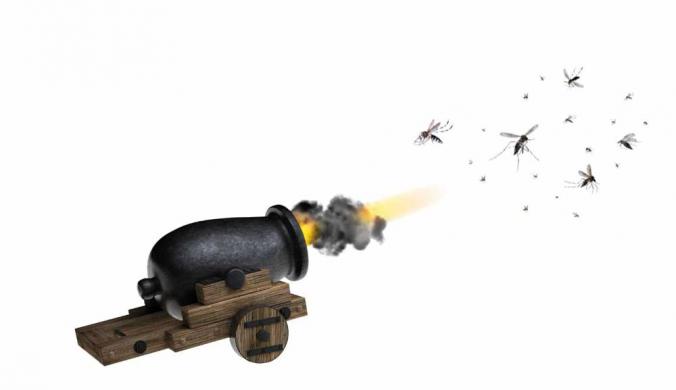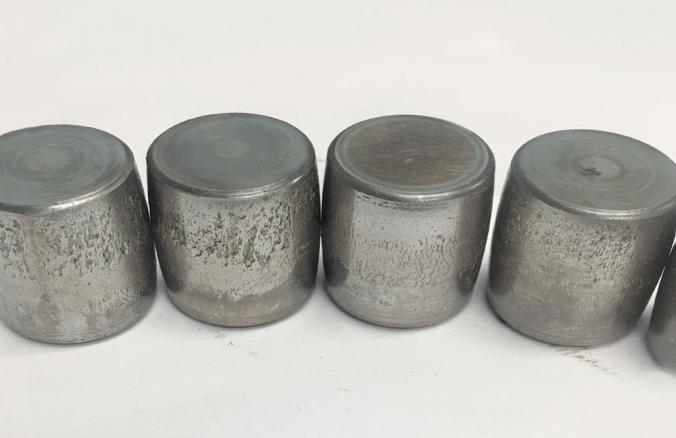Revolutionary Profitability with Intelligent Condition Monitoring and Remote Services
There is a revolution in smart solutions in industrial condition monitoring and remote services. Technology is cheaper than ever before, and this is improving rates of return on investment, especially in heavy industry. For more than a decade, Distence in Finland has been providing cloud and edge computing solutions for large OEM companies.

Over the past few years many cheap condition monitoring sensors, often wireless and based on MEMS technology, have come to market to combat the cost of engineering heavy high-end online condition monitoring systems. The needs that lie in between these extremes have been met only with portable measurements performed periodically. That is changing, and now it is possible to introduce high accuracy online condition monitoring to smaller, tier 2 equipment.
Panu Kinnari, COO of Distence Oy, says that the more cost-effective technology is made visible in the way companies can provide remote services to their customers. Instead of just sensors and threshold alarms, they can provide analytics and guidance to maximise the asset lifetime value.
– The number of devices that are not measured at all or only rarely monitored is reduced. In heavy industry, it has been found that remote monitoring and the regular measurement of machines and equipment is a smarter and more cost-effective way of operating, Kinnari describes the direction of the changes brought about by the Internet.
According to him, behind this trend are more intelligent control technologies, such as web-based methods for cloud and edge computing. Distence's answer to this challenge is the Condence platform, which utilises cloud and edge computing and is manufactured and developed in Finland.
Condence development is based on experience accumulated over 15 years. The terminal collects measurements using commercial off the shelf sensors and converts the raw data into an understandable form using analytics algorithms at the edge. Significant data is sent to the cloud where the information is visualised into metrics describing the condition of the asset.
– Condence is built from the ground up for remote management, so it is well suited for geographically dispersed monitoring of assets. Wind turbines are a perfect example. Many wind turbines are located either in the fells, offshore or in otherwise hard to reach locations, which can for example only be reached during a particular season. Mining, as well as equipment in the pulp and paper industry, are additional good use cases for Condence, Kinnari says.
As said, the Condence system consists of standard modules, so its deliveries are swift. Thanks to remote management functions and complete control of the software stack, the mechanical installation can be separated from the configuration of the system. Separating mechanical installation from the configuration allows for optimal allocation of resources used in the implementation.
Smart measuring devices have lots of significant users.
Distence specialises in rotating machinery and equipment by combining vibration analysis and other methods of continuous condition monitoring. The company's objective is to produce complete solutions that enable suppliers and service providers of industrial machinery and equipment to agilely and cost-effectively digitise their product portfolio to suit their customers.
Typical end-users of Distence's products are industrial companies with a large number of medium to large rotating assets. Vibration analysis, with acceleration data from IEPE sensors, utilised by Distence due to its suitability to a large variety of situations can deduce the source and severity of the failure from the collected vibration sample, allowing for accurate allocation of maintenance resources.
The Distence customer list is undeniably an exciting read. There you will find great partners from Algol Technics, Danfoss, DavidBrown Santasalo to Moventas Gears. Not all of the customers can be named though.
– The large end-users are the customers of our partners, i.e. condition monitoring service providers. So our relationship with reputable companies is a bit like a doctor's relationship with patients, he explains.
Kinnari mentions one industry that has so far excelled in its absence from Distence's partnership lists. The forest industry, and paper companies in particular, apparently want to keep condition monitoring under their control; expensive paper machines are not often given to outsiders to monitor.
Change takes time
According to Panu Kinnari, there is still a misconception among the industry that the continuous measurements of condition monitoring are just simple analytics and more sophisticated analytics is not possible with continuous monitoring.
– This perception is most likely due to the way condition monitoring has evolved from machine protection systems. Protection systems are developed for the rapid shutdown of machines and equipment in the event of sudden problems. Such a system needs to respond quickly to changes, so analyses must be able to be rapidly generated. Condition monitoring monitors more slowly developing phenomena, which means that analyses can be more complex and that there is more time to analyse changes, Kinnari explains.
One reason for lack of measurements is the business-as-usual approach – if one can live with the status quo, why try to change things?
– In a way, people tend to protect themselves as well. In many cases, the introduction of measurements also reveals past omissions. No one wants to be the scapegoat for poor system performance, Kinnari ponders.
Manual measurements and the analyses based on them still have such a legacy that the right interpretations always require human experience. Panu Kinnari believes that machine learning will become more common in the field of measurement as well, but there is still also a lot to achieve with rule-based systems.
– Even in the field of condition monitoring, expert people retire every year and not enough new young experts replace them. In Finland, for example, it is no longer possible to specialise in the field of condition monitoring, as was possible before. So education should be changed in a more attractive direction for young people, he contemplates.
Condence can produce measurement accuracy rivalling the most expensive systems in the market while still maintaining the measurement point cost in line with low-cost wireless alternatives. Broad adoption of continuous monitoring allows companies more flexibility in resource allocation and better accuracy in maintenance planning.
Text and photos: Distence Oy









